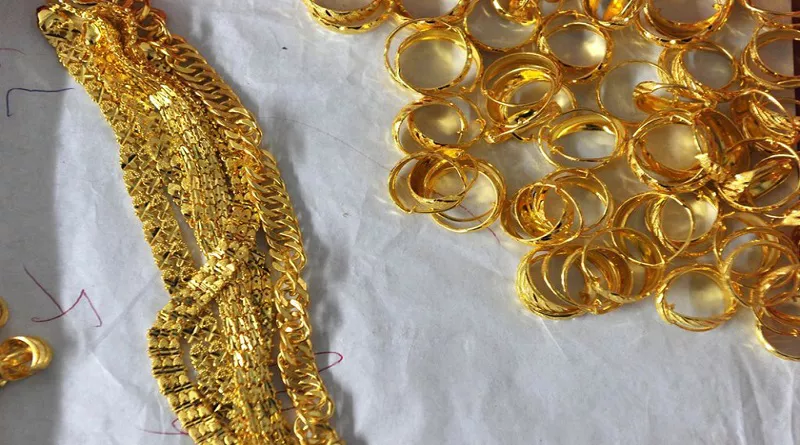Gold, often referred to as the “king of metals,” has captivated humanity for centuries with its intrinsic beauty, rarity, and enduring value. Among the various metrics used to measure its worth, the question of what one gram of gold is worth has become a focal point for investors, economists, and enthusiasts alike. In this article, we delve into the multifaceted aspects that determine the value of a mere gram of this precious metal.
Historical Perspective:
To understand the present, we must first glance backward. Gold’s allure dates back to ancient civilizations, where it was revered as a symbol of wealth, power, and prestige. Fast forward to the contemporary era, and gold maintains its significance as a store of value and a hedge against economic uncertainties. The historical legacy of gold contributes to its perceived worth and underlines its importance in modern financial systems.
Market Dynamics:
The value of one gram of gold is intricately tied to market dynamics, influenced by factors ranging from global economic conditions to geopolitical events. Gold is traded on various commodity exchanges worldwide, and its price is subject to supply and demand forces. Central banks, institutional investors, and individual buyers all play pivotal roles in shaping the gold market, affecting the worth of a single gram.
Supply and Demand:
The fundamental economic principle of supply and demand is a cornerstone in understanding the value of gold. Gold mining, recycling, and central bank reserves collectively contribute to the overall supply, while jewelry, technology, and investment demand create the need. The delicate balance between these forces determines the market price. A sudden surge in demand or a disruption in the supply chain can lead to significant fluctuations in the value of one gram of gold.
Inflation Hedge:
One of the primary reasons investors turn to gold is its role as an inflation hedge. In times of rising inflation, traditional currencies may lose value, but gold tends to retain its purchasing power. As uncertainty about the economic landscape grows, so does the demand for gold as a safe haven. This heightened demand can result in an increase in the worth of one gram of gold.
Currency Exchange Rates:
Gold is a globally traded commodity, and its value is expressed in various currencies. Exchange rates between currencies influence the price of gold, impacting its value for buyers and sellers in different regions. Currency fluctuations can contribute to the volatility of gold prices and affect the perceived worth of one gram of gold for investors worldwide.
Technological Demand:
Beyond its traditional uses in jewelry and investment, gold has found a vital role in the technology sector. Its conductivity and corrosion resistance make it a preferred material in the production of electronics, including smartphones, computers, and medical devices. The increasing demand for these technologies has added a new dimension to the factors influencing the value of one gram of gold.
Environmental and Ethical Concerns:
In recent years, environmental and ethical considerations have gained prominence in the valuation of commodities, including gold. The extraction and processing of gold can have adverse environmental impacts, leading to a growing interest in sustainable and ethical sourcing. The awareness of such concerns can influence the preferences of investors, affecting the perceived value of responsibly sourced gold.
Market Sentiment:
The intangible yet powerful force of market sentiment also plays a role in gold valuation. Public perception, geopolitical tensions, and macroeconomic trends can contribute to shifts in investor sentiment, impacting the demand for gold. For instance, during times of global uncertainty or financial crises, there is often a flight to safety, with investors flocking to gold as a reliable asset, thereby influencing the worth of one gram of gold.
Storage and Transportation Costs:
The physical nature of gold introduces additional considerations that affect its value. Storage and transportation costs, incurred by banks, financial institutions, or individual investors, can impact the overall cost of holding gold. Factors such as security measures and insurance expenses contribute to the total cost, influencing the perceived worth of one gram of gold.
See Also: How to Distinguish Real Gold from Counterfeits
Conclusion:
In the complex world of finance and investment, the question of what one gram of gold is worth extends far beyond its physical weight. It is a culmination of historical significance, market dynamics, supply and demand forces, inflationary pressures, technological advancements, and ethical considerations. The value of gold is a reflection of the ever-evolving economic landscape and the intricate interplay of various factors. As we navigate through the uncertainties of the future, the worth of one gram of gold will continue to be a barometer of stability and a testament to the enduring allure of this precious metal.


